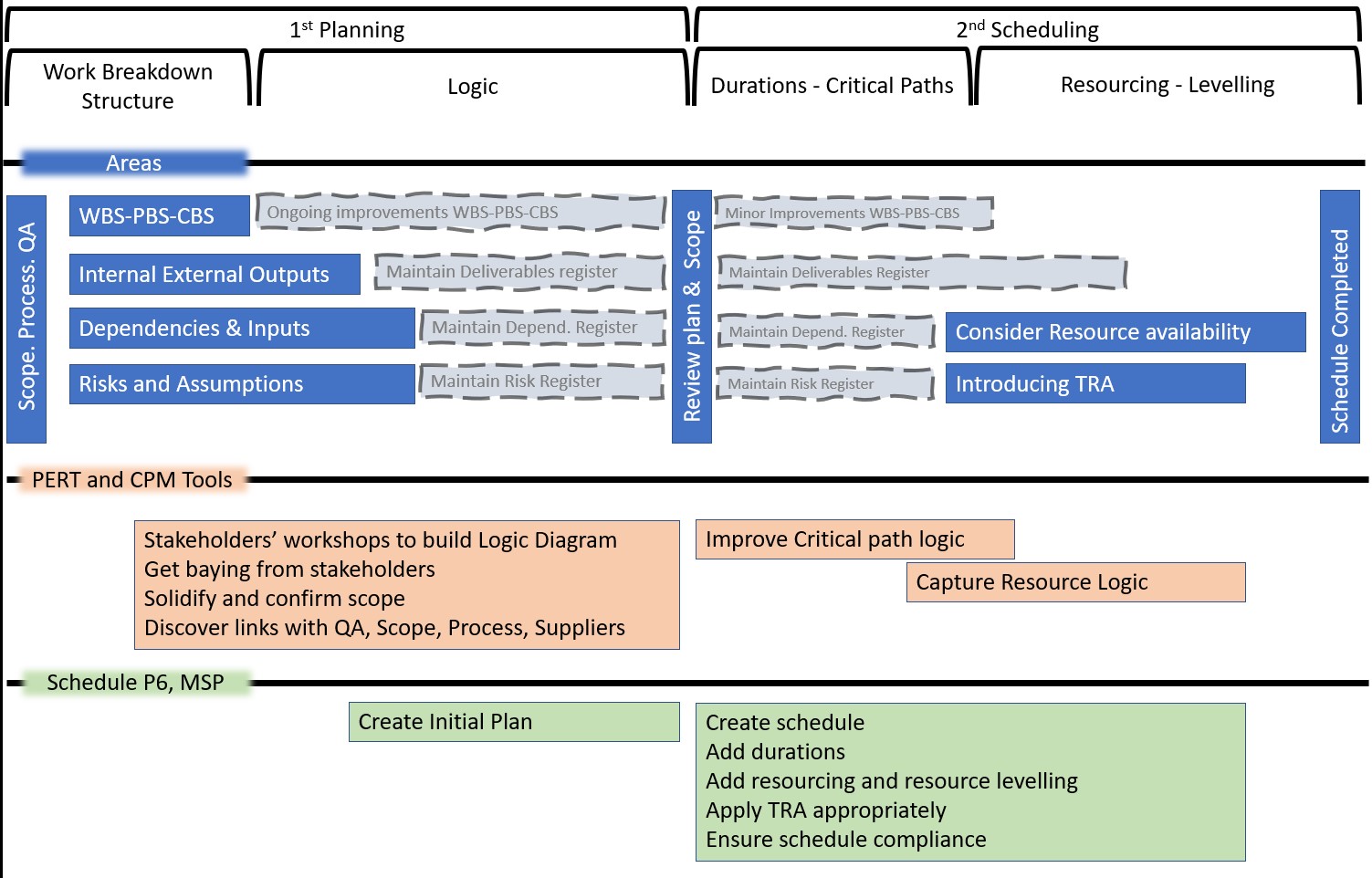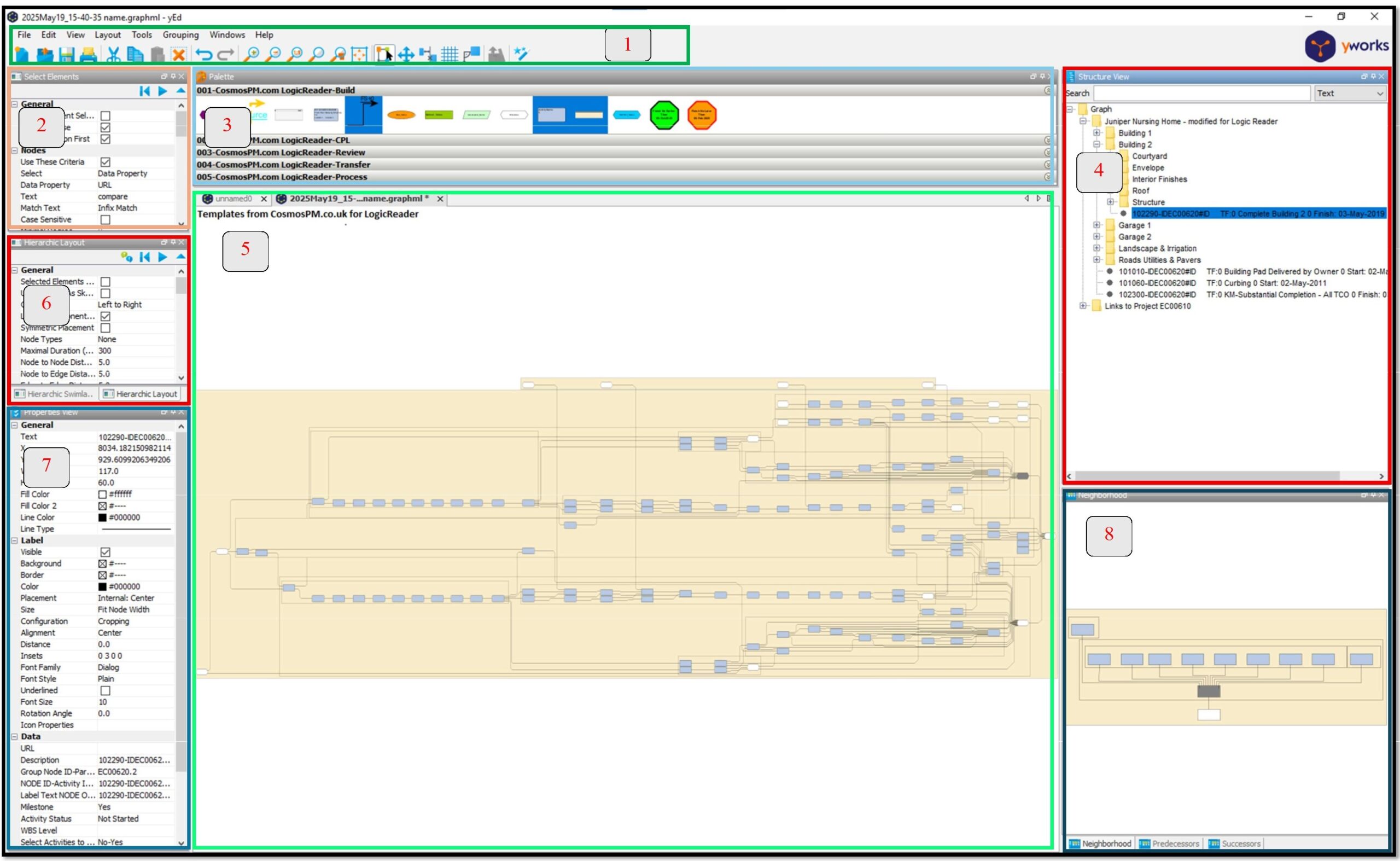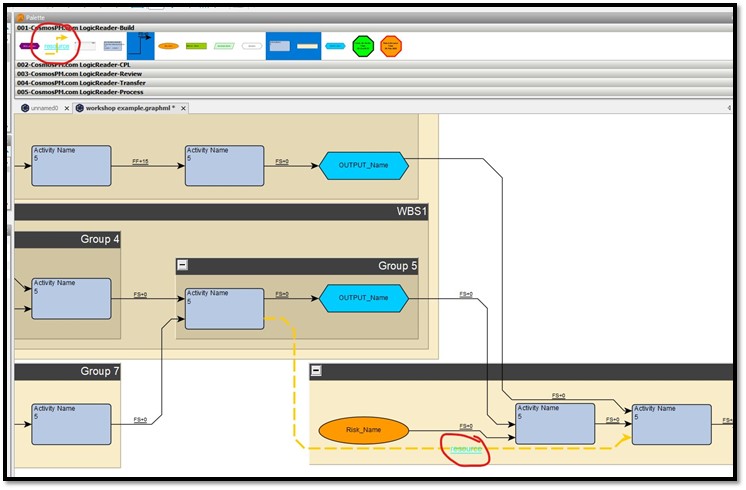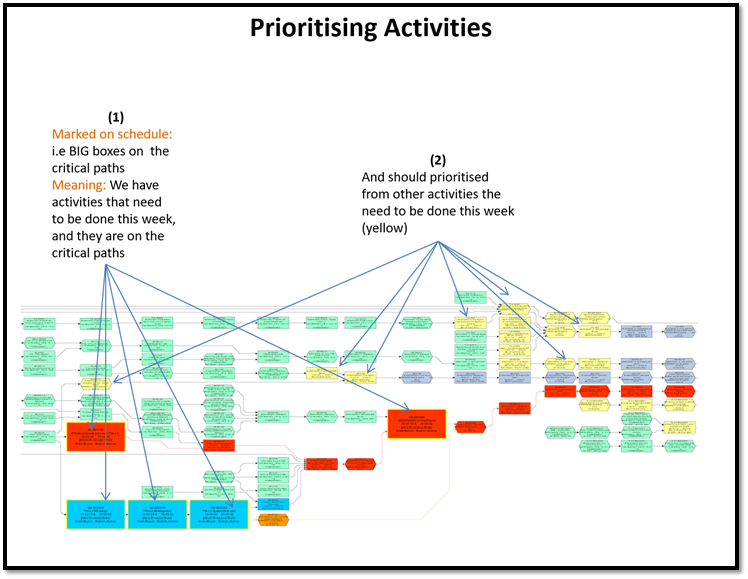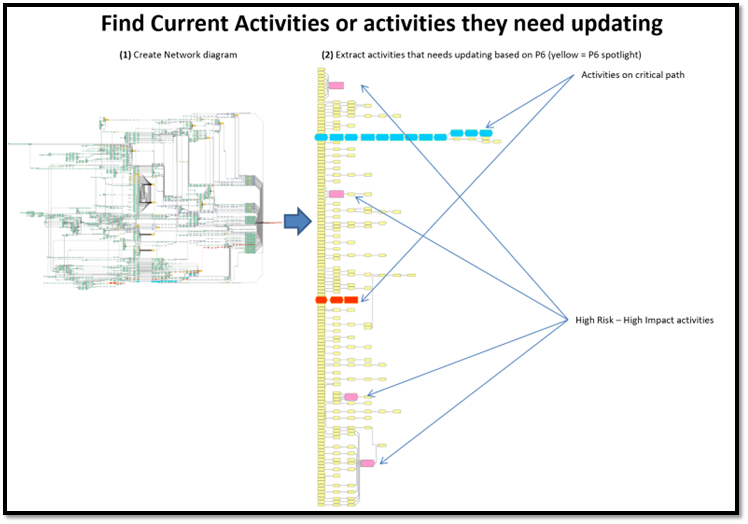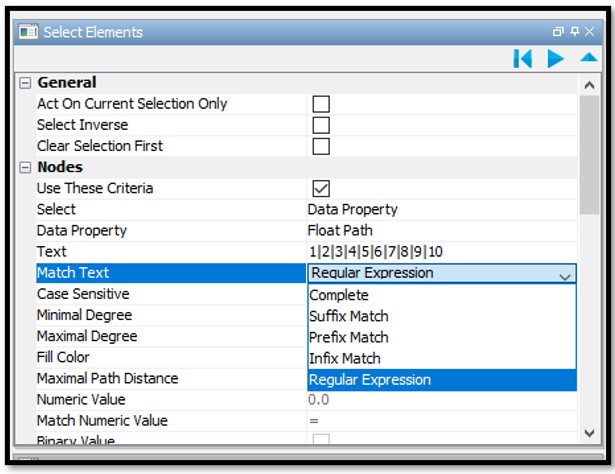P6 Limitation to capture project complexity and the importance of Registers and Processes
A Primavera P6 schedule is a powerful tool for sequencing and tracking project activities, but relying solely on the schedule for all project information is a critical limitation. While P6 excels at mapping out tasks, durations, and dependencies, it does not capture the full complexity of project delivery. Here’s why additional registers—such as those for deliverables, assumptions, risks, and dependencies—are essential for robust project control:
Why the P6 Schedule Alone Is Not Enough
Limited Scope of Information: P6 is designed to manage activities, relationships, and timelines, but it does not inherently track the status, quality, or acceptance of deliverables, nor does it systematically record key project assumptions, risks, or external dependencies2.
Static vs. Dynamic Management: Schedules are often static snapshots, while successful delivery requires dynamic, ongoing management of factors like risks and assumptions that can change throughout the project lifecycle2.
Inadequate for Stakeholder Communication: Stakeholders often need more than just a list of activities; they require visibility into what is being delivered, what assumptions underpin the plan, what risks are emerging, and what dependencies exist between teams or external parties56.
The Importance of Key Registers
Deliverables Register
Tracks all project outputs, their status, and deadlines, serving as the master list for project management reference7.
Provides measurable checkpoints and helps teams maintain focus on actual outcomes, not just scheduled activities37.
Assumptions Register
Documents all assumptions made during planning and execution, which are the foundation for decision-making and risk management48.
Regular review of assumptions helps identify when a change in circumstances could impact the project, allowing for proactive adjustments48.
Risk Register
Enables early identification, tracking, and mitigation of risks, which is crucial for preventing issues from derailing the project5.
Assigns ownership and ensures accountability for risk management, supporting informed decisions and transparent communication5.
Dependencies Register
Clarifies which tasks or deliverables rely on others, both within the project and from external sources6.
Helps plan realistic timelines, allocate resources efficiently, and identify potential bottlenecks or opportunities to accelerate delivery6.
Registers Aligned with the Schedule
Aligning these registers with the schedule ensures that updates are systematic and efficient. For example, if a risk materializes or an assumption is proven false, the impact on the schedule can be quickly assessed and the necessary changes made across all relevant records. This approach is far more efficient than trying to update hundreds of individual activities without a central reference—mirroring the principle that it’s easier to change one thing a thousand times than to change a thousand things one time.
Conclusion
A P6 schedule is a vital project management tool, but it cannot be the sole repository for all project information. Deliverables, assumptions, risks, and dependencies registers provide the comprehensive, dynamic oversight required for successful project control. When these registers are integrated and aligned with the schedule, project teams can adapt quickly, communicate clearly, and deliver reliably—ensuring that the project remains on track even as circumstances evolv

